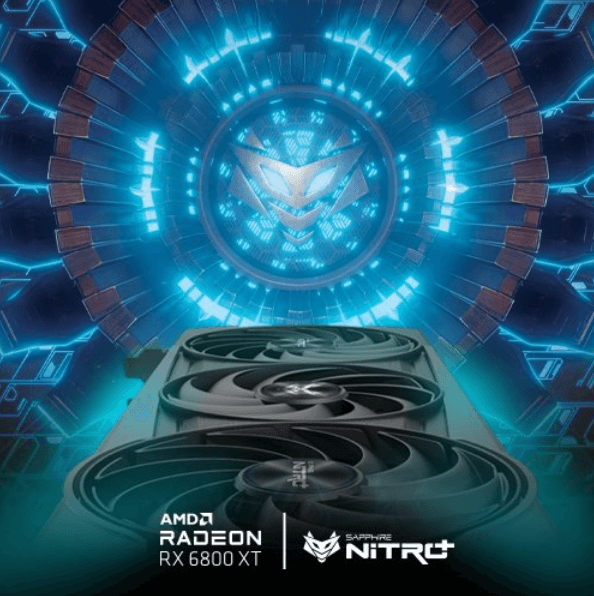
This second option would require the tool to know every CAN system on any car to understand what each message means. It doesn't query anything, and relies on the broadcasted messages only.It uses an arbitration ID already used by our test car, so it sends messages as a living ECU in the car, which looks like a pretty bad idea because that would mess up with the ECU's communication.Plugging the tool in the car doesn't raise any new arbitration ID, which means Sure that it's useless when we only drove 15 km looking at the CAN monitor? Some people say you have to wait ~200 km for it to be effective, so how can we say for Here are some statements/assumptions we made But people might still be sceptical about thisĬonclusion, so we tried to find some ways to challenge it. This confirms the hypothesis that the Nitro OBD's chip does not embed any CAN transceiver,Īnd is unable to communicate on the CAN bus.įollowing all these different steps, we were confident that this tool was not doingĪnything apart from blinking LEDs. Moreover, there is no room in the Nitro OBD2's chip for anything of this size. The TJA1050, also decapped, side to side with the Nitro's chip:Īs you can see, the design of the CAN transceiver is very different from the Nitro OBD2's chip. That the designers of this chip could stuff a CAN transceiver inside it?įor reference, here is one of the most common CAN transceivers on the left, Standard microcontroller, with no special embedded device. In this picture, we can see the RAM, Flash and CPU core, but very few other things. But as we areĬurious and like to decap chips, we also wanted to check the inside of the chip.Īfter a quick bath in sulfuric acid at 200☌, here is a picture of the Nitro OBD2 chip: On the single chip of this device so we could not just check its datasheet. Sense since we could not find any CAN transceiver on the board. With this setup, we are able to sniff the CAN bus traffic, while the Nitro OBD2įrom that point on, we can already say that this chip is not communicating on the CAN bus, which makes So we opened the Nitro OBD2 to solder 3 wires on the Ground, CAN_High and CAN_LowĪnd plugged the Raspberry's PiCAN2 interface on these wires. OBD2 port in the car, we decided to connect our monitoring tool inside the Nitro device. Next, we need to record the CAN messages when the Nitro device is plugged in. We have an operational setup with a CAN bus working as expected and some monitoring tools. Just to be sure, we also checked the CAN signals with a PicoScope. The following setup is used to record the CAN messages directly from the OBD2 port: Which enables to read from socket-can interfaces. Messages seen on the OBD port, using a RaspberryPi and a PiCAN2 shield, and If new messages are sent by the Nitro OBD2. Just need to record all CAN messages, before and after plugging it, and check In order to see if the Nitro OBD2 is actually doing something on the CAN bus, we To get various information about the engine, and reset the error codes (DTCs). We chose Guillaume's car, a 2012 diesel Suzuki Swift, because he is used toĬommunicate with it using an ELM327 and Torque on Android. On the CAN bus of a car and check if it sends anything. One easy way to determine if this device actually does something is to plug it Everything had to be packed into a single We began to be very sceptical about this device.
Nitro internet accelerator software#
The software part is responsible for all the magic like: The circuit board didn't seem to contain any CAN transceiver, so either there was none,Įither it was directly integrated in the small chip along with its software.


Those related to CAN, the others are connected to LEDs.Īt this point, we can already recreate the basic layout of the board: The circuit board shows that the only useful pins connected to the chip are
Nitro internet accelerator iso#
The connected pins were the onesĬorresponding to the CAN bus, J1850 bus and ISO 9141-2 protocols: Stopped here and be quite disappointing!). Were at least connected (and, thankfully, they were, or else this article would have

Here is what it looks like, and what each pin refers to:įirst, we tried to figure out if the pins corresponding to CANH and CANL Before plugging this thing into a car, we decided to check what was inside.Īfter opening the dongle, we were greeted with the classical OBD2 pinout.


 0 kommentar(er)
0 kommentar(er)
